Those of you who follow me on Google+ will know that in January I caused something of a stir by announcing that I had made the decision to move my e-mail and other services from Microsoft Office 365 to Google Apps. It’s well known that I’m a fairly staunch power-user and fan of Microsoft Outlook, and have been an outspoken advocate of Microsoft products both as an MSP owner and an Independent Consultant for many years.
So what prompted my decision to move to Google Apps? In the first part of two blog posts, I’m going to share my motivation for moving to Google Apps, and for those who are interested, the process it entailed.
 I love(d) Microsoft Outlook
I love(d) Microsoft Outlook
Since selling my MSP business in 2010, I’m for all intents and purposes now a freelancer – working with a wide variety of IT companies based not just in the UK, but overseas.
For more years than I can recall, Microsoft Outlook has been my “trusted system”. Most of my time was spent within Outlook – replying to e-mails, organising calendar appointments and working through a to-do list.
I’m a big fan of the GTD time management philosophy, and so kept “Inbox Zero” thanks to the Netcentrics GTD for Outlook add-in as well as a host of other add-ins for social media and more.
The limitations of Office 365
I’ve been using Microsoft Office 365 (O365) and its predecessor BPOS for over two years. My e-mail was hosted in Microsoft Exchange via O365, and despite investigating Microsoft Lync and SharePoint which are bundled with O365, I found them cumbersome in use. I also moved away from Microsoft’s Cloud storage, SkyDrive – preferring the cross-platform nature and ease of use of DropBox.
So when it came down to it, I was only really using O365 for hosted e-mail.
The real catalyst for me moving away from O365 was my need to implement a CRM system to record projects with clients, and effectively follow-up with prospects. Upon investigation, nearly every popular CRM solution integrates with Google Apps with ease, and although many CRM packages had Microsoft Outlook add-in’s – it was a clumsy solution. I didn’t want to have to manually “capture” specific contacts and e-mails within Outlook, I wanted my CRM system to have full access to all my data and pull out all the relevant contacts and e-mails on a real-time basis. Most CRM packages do this with Google Apps, but not with O365.
Despite the fact that both Office 365 and Google Apps are “cloud” solutions, 3rd party developers seem to love the open nature of Google Apps to Microsoft Exchange.
The pre-migration process
Having done my research, realised the limitations of GMail (which we’ll come onto later), I made the decision to migrate from O365 to Google Apps for Business to open myself up to all the 3rd party tools that are available on the market.
 I’m fortunate enough to have one of the UK’s top Google Apps authorised reseller Kimbley IT based in my home town of Birmingham – and so I engaged owner James to hand-hold me through the process of migration.
I’m fortunate enough to have one of the UK’s top Google Apps authorised reseller Kimbley IT based in my home town of Birmingham – and so I engaged owner James to hand-hold me through the process of migration.
There is a 30-day trial of Google Apps for Business, and then it costs £33 per user per year (yes, you read that right!) – very competitive pricing. James took care of signing me up for Google Apps, and shared the DNS changes I’d need to make for my domain to use Google Apps. After a few days of exploring the GMail interface and the introductory training e-mails, I started preparing the process of migrating my old e-mail, calendar, tasks and notes to Google.
To begin, I uninstalled all the Outlook add-in’s I use (more on them shortly) and archived off into a .PST file any e-mail prior to the start of the year. I didn’t need to – as Google Apps provides 25GB of inbox storage – but only having a couple of months of e-mails helped to speed up the process.
Google Apps doesn’t have a “notes” feature as I was used to in Outlook, so I migrated my Outlook Notes into Evernote. I’ve since started using Evernote in anger and have found it really useful – but that’s a blog post for another day!
I then changed the MX records, changed my SPF record, setup the appropriate CNAME records within my domain DNS, and shortly observed new e-mails flowing into GMail rather than Office 365. This whole process was painless and the combination of the strong Google Help pages and James pointers made it easy.
I then installed Google Apps Sync for Microsoft Outlook. This is a free tool for Google Apps Business Users (but not available to users of GMail free version) which allows you to continue using Outlook to manage your GMail. The plan was to continue to “live” in Outlook and slowly but surely move to the GMail interface – that plan changed, as you’ll read later.
Migrating e-mails to GMail
 The Google Apps Sync for Microsoft Outlook tool should have also picked up my existing e-mails and fed them into GMail. I say, should have, because it migrated nearly all of my e-mails with no problem – e-mails in sub-folders were re-created as e-mails with labels in GMail – but then the process crashed out with an unhelpful error on my “Sent” mails folder.
The Google Apps Sync for Microsoft Outlook tool should have also picked up my existing e-mails and fed them into GMail. I say, should have, because it migrated nearly all of my e-mails with no problem – e-mails in sub-folders were re-created as e-mails with labels in GMail – but then the process crashed out with an unhelpful error on my “Sent” mails folder.
Googling the issue, I suspected the issue may have been related to a corrupted Outlook .PST file and so I ran the Microsoft ScanPST utility until all errors were resolved. I ran Google Apps Sync again, and it crashed out again.
Taking an alternative tact, I downloaded the Google Apps Migration for Microsoft Outlook tool. Unlike the Apps Sync tool, the Migration tool should do a “one off” transfer of e-mails and other data.
After exporting a .PST of just my sent items to avoid any duplicate e-mails with those messages already migrated to GMail, I used the migration tool and it did the job – all my calendars, tasks and e-mails were now in GMail.
Replacing Outlook Add-In’s within GMail
By this stage I’d started using the GMail interface quite a bit, and despite this die-hard Outlook fans pre-conceptions, I actually rather liked the GMail web interface. It was easy to read and reply to e-mails, I could quickly find old e-mails from the powerful search menu and it was a lot quicker in use than memory-hungry Outlook. I decided to experiment with leaving Outlook turned off, and working in the GMail interface alone. To really do this though, I’d need to replace the Outlook Add-In’s I was so reliant upon with their GMail alternatives.
First up was GTD for Outlook. I replaced this with ActiveInbox, a free Chrome web-browser plug-in that brings GTD-like facilities to GMail. This initially worked well for me and I plumped to pay to upgrade the free version to ActiveInbox Plus, but at the time of writing I’d disregarded it – it’s lack of integration into Google’s (rather weak) tasks made it cumbersome to use. More on tasks shortly.
My on-line calendar scheduling tool TimeTrade worked as easily with GMail as it did with Outlook. No problems – just a change in my TimeTrade settings from their web-site.
The Outlook Add-In Xobni, which provides social media links and other statistics on my Outlook contacts, I replaced with Rapportive for GMail. Weeks on, I don’t miss Xobni at all and I think Rapportive has stronger integration with Social Networks.
Finally, Sanebox, which helps prioritise my e-mails in Outlook, was also compatible with GMail. Some swift help from the Sanebox Support team later – and my GMail was sane. I could have used the GMail Priority Inbox feature, but Sanebox has become invaluable to me so I’m happy to pay for it.
By this stage I’d replicated nearly all of the functionality I had with Outlook, but minus the memory hungry desktop application. Everything is quicker and faster within the web-browser, and this die-hard Outlook fan was suddenly a GMail fan.
VBA vs Google Apps Scripts
As I’m an Outlook power-user, there was another “nice to have’s” that I wanted.
My good friend and coding genius Mike Hudson wrote a VBA script to delay Outlook mail sending. Simply put, it would delay any e-mails I sent in Outlook over a weekend to the Monday morning to prevent me intruding on colleagues relaxing weekend with my work e-mails.
GMail has a Google Apps script called gmail-delay-send which allowed e-mails to be flagged for later delivery, but I quickly gave up on this tool and moved to the Google Chrome plug-in RightInbox which allows you to send e-mails later.
GMail Caveats
Now for the “gotcha’s” – the little things I expected to find in GMail, but didn’t.
- GMail has no priority flag for outbound e-mail. You can’t flag an outbound e-mail as “Important”. As nobody pays attention to these flags anymore, it’s a small loss.
- Google Calendar has no facility to flag appointments as “Out of Office”. I find it more difficult to highlight my external appointments now.
- There’s no way to natively bulk edit Google Calendar on-line. Lots of my Outlook recurring appointments got transferred across as “Copy of appointment”. I fixed this by paying 49 Euro’s for the GCalToolkit, which allowed me to quickly update appointments from a Desktop tool.
- Outlook stores contact birthdays within its calendar. Google stores contacts birthdays within a separate calendar. So they end up being duplicated. I used GCalToolkit to go through my “main” calendar and delete these duplicates.
- I use coloured flags in Outlook to differentiate between personal and business appointments. These don’t get migrated across to Google Calendar, and so I had to manually re-set these.
- Gmail uses a nice conversation view to allow you to follow the flow of messages. Great, but if two people respond to e-mails with the same subject line (say, a newsletter mail-out) then GMail lumps these into one conversation. I’ve found no way to “split” these conversations into separate threads yet.
All in all though, I found my way around these shortcomings – so they certainly were not show-stoppers.
Cool features in Google Apps
On the flip-side of the coin, I’m loving these features in Google Apps – some of which didn’t have in Outlook.
- Integrating my Google Calendar to my Android phone means Google Now has sprung into life. I now get reminders on my ‘phone that I need to leave for appointments now if I’m to arrive on time. Google bases this on traffic conditions. Very cool!
- Google allows multiple calendars, so I now have business, personal, contact birthdays, holidays and many others – all easily overlaid and synchronisable to my Android Smartphone.
- The 3rd party tools for Google Apps are numerous – I’m particularly loving having direct access from within GMail to MailChimp for my e-mail newsletter, and HelloSign for GMail which makes signing PDF contracts I receive a matter of 30 seconds work.
 GMail Labs has a lot of nice tweaks for the GMail interface too, such as “Canned Responses” which allow you to insert snippets of text you regularly use into emails.
GMail Labs has a lot of nice tweaks for the GMail interface too, such as “Canned Responses” which allow you to insert snippets of text you regularly use into emails.- Google Mail and Google Docs both have offline facilities, so I can read and respond to e-mails, and work on documents while disconnected from the Internet. When the connection is restored, any changes I make are synchronised.
I’m also now a huge fan of Google Docs and am slowly but surely migrating documents, spreadsheets and presentations out of Microsoft Office and Dropbox to Google Docs. The ability to quickly collaborate on documents in real-time with clients is invaluable – and I love the reaction people have when they first use it and you can see two people typing on the same document!
It’s all good, right?
So all is rosy in the Google Apps garden? Not quite…
In part two of this blog post I share the biggest stumbling block I found, and one that I have still not resolved.

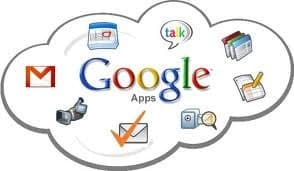




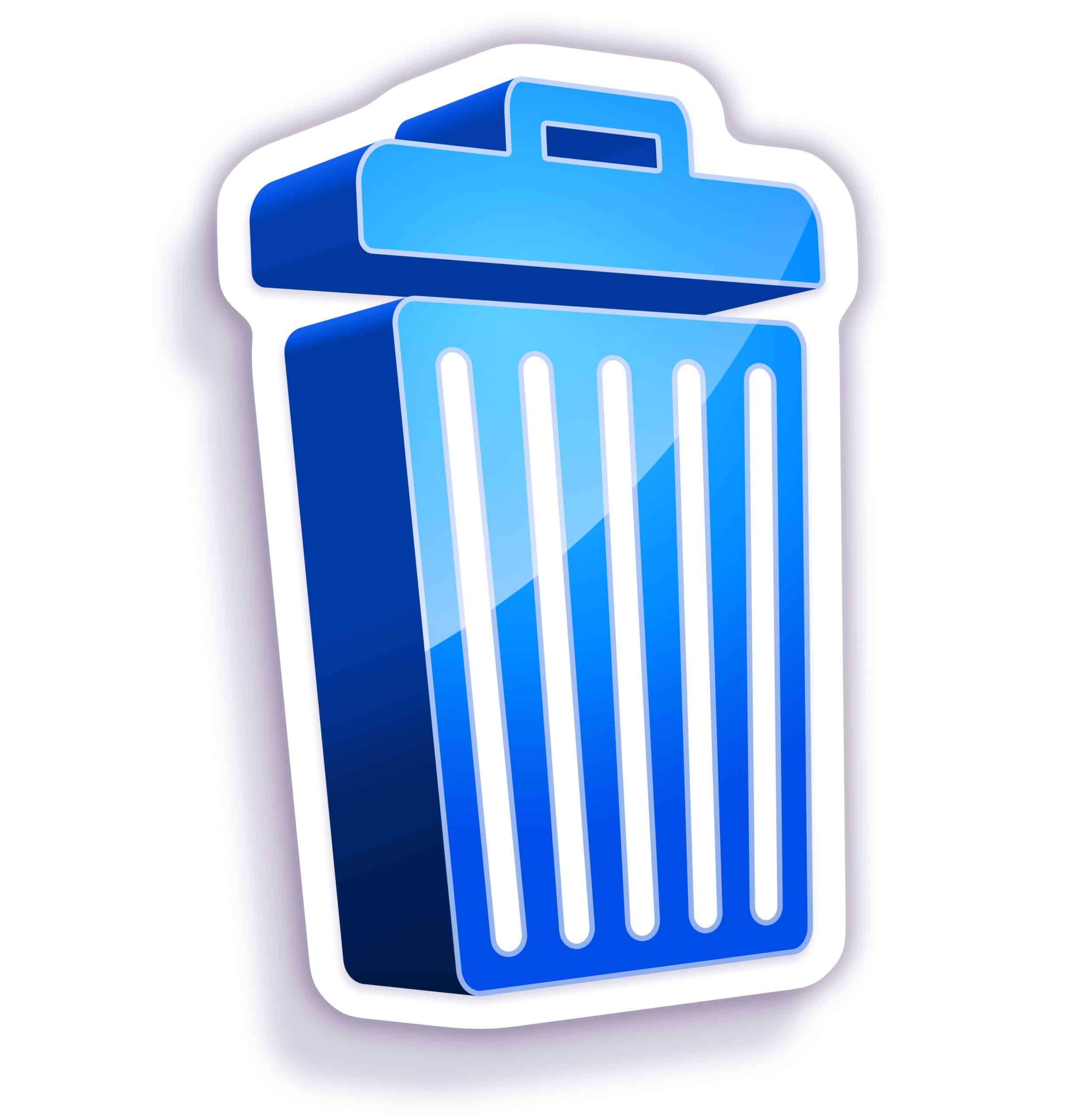
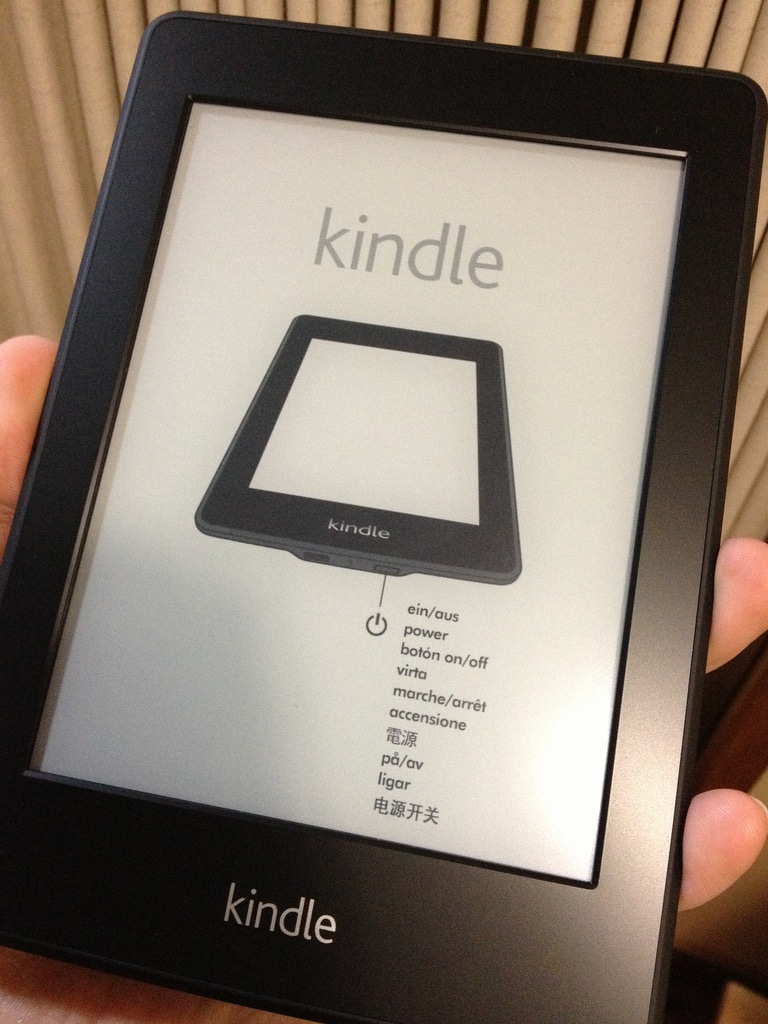
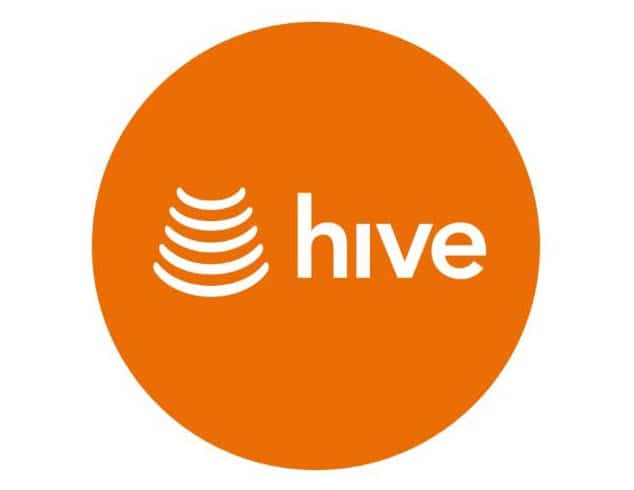



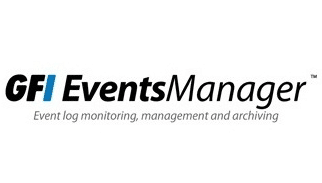

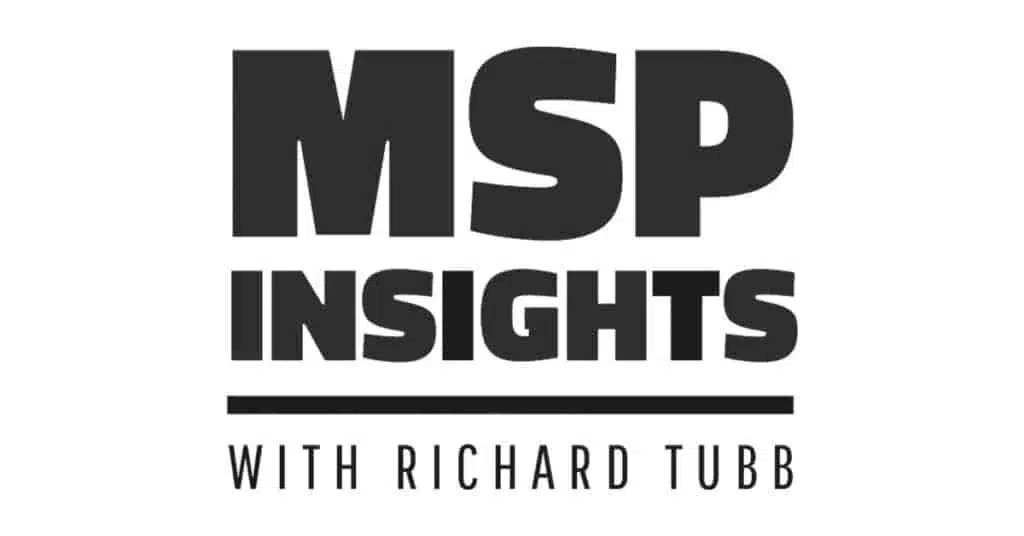
Comments
22 thoughts on Why I moved from Microsoft Office 365 to Google Apps – Part One
PAUL DADGE
21ST FEBRUARY 2013 15:27:35
What's interesting about this is if you are going the other way, there is no migration tool.
RICHARD TUBB
21ST FEBRUARY 2013 16:03:37
There's no "official" migration tool from Google Apps to Microsoft Office 365 - but I'm guessing that it'd be a relatively straight forward migration by installing and configuring Microsoft Outlook with Google Apps for business, exporting the e-mails as a .PST, then connecting Outlook to Office 365 and importing the .PST file. Outlook stores all GMail nested labels as folders, so I'm going to hazard a guess it'd work just fine.
JAMES KIMBLEY
21ST FEBRUARY 2013 19:40:26
That's correct Richard. You could just POP 3 them out of there back to Outlook. Don't forget Google built the migration tool from Office to Google Apps. I guess its up to Microsoft if they want to build one the opposite way. Its not at is Google makes it hard to get your data. Just search for Google Takeout or The Data Liberation Front. You can get all your data back whenever you want.
KEVIN JORDAN
21ST FEBRUARY 2013 21:27:26
Thanks for the informative article! I was looking for a GTD plugin for GMail. I just installed Microsoft Office 2013 which provides a hybrid desktop/cloud scenario. It is much easier to use than 2010 and has tight integration with SkyDrive.
CHRISTOPHE
18TH MARCH 2013 06:06:28
Did you consider using SharePoint (part of Office 365) to manage the relationship with your customers? SharePoint allows you to build Contact lists, to-do lists, and manage projects. It also offers granulated permissions, allowing you to share specific content with selected external partners. Of course I don't know your exact needs, but for a small business you can get a lot out of the box with SharePoint, and then integration with third party CRM becomes a moo point...
RICHARD TUBB
18TH MARCH 2013 16:29:35
Christophe - interestingly, I didn't consider SharePoint for managing my client relationships. I guess it is (was!) an option - but I preferred an "off the shelf" CRM package that integrated with Google Apps to a bespoke SharePoint solution.
RICHARD TUBB
18TH MARCH 2013 16:30:29
Kevin - my pleasure! My preferred tool, "GTD for Outlook" by Netcentrics isn't compatible with Office 2013 - sadly.
CHRISTOPHE
18TH MARCH 2013 18:40:44
Well, of course if you put integration with Google Apps as a requirement, SharePoint is not going to make the cut :-). Honestly, customizing SharePoint is not such a big deal (as I said the various list templates are built in). Sorry for the rant, but I have read several Office 365 vs. Google Apps comparisons recently and I am very frustrated. People always compare everything Google Apps offer to only half of what Office 365 offers. The powerful Web conferencing (Lync) and collaboration (SharePoint) features are always left out!
RICHARD TUBB
19TH MARCH 2013 11:30:52
Christophe - I understand your point, and it's a point I made during our Google Hangout discussing Google Apps vs Office 365 last week. Most people simply compare hosted e-mail, while Office 365 offers much more than just that. You may find the recording of the Hangout interesting viewing - http://youtu.be/ZEHQbcNKC9M
JOHAN
1ST MAY 2013 16:50:15
Paul - just to correct your mistake. Dataliberation.org is a Google property dedicated to facilitate migration from Google services. It works with Google Apps and a number of other services, paid and ad sponsored: http://www.dataliberation.org/google/apps-for-business
STANLEY WATSON
6TH MAY 2013 09:12:10
Hi Richard You can switch off conversation view in gmail by going into settings, under 'general'.
RICHARD TUBB
7TH MAY 2013 11:21:53
Stanley - thanks for the tip! I've actually grown to like conversation view now! :-)
HUGH
16TH JULY 2013 10:16:29
Funny, I moved the other way Google Docs -> 365. ActiveSync > IMAP / CALDav etc Support Microsoft > Support Google Folders, present on 365, labels on GMail (fine for me, not fine for your average user) Compliance, Google cannot guarantee your data stays in your legal zone (EU for example, MS can) Compatibility with Office docs. Rendering of Office docs worked much better in OWA/Skydrive/365 than Google Apps. For mid size or small business stuff, Google is fine if you have small/medium needs or one man band gigs. Very different when you make this an enterprise decision.
DANNY CLARK
18TH JULY 2013 14:38:57
You say "it’s lack of integration into Google’s (rather weak) tasks made it cumbersome to use. More on tasks shortly." but I can't find anything more on that in this post or in part 2. Care to elaborate here or in a part 3? :-)
RICHARD TUBB
18TH JULY 2013 16:52:58
Hugh - some great points. I'd broadly tend to agree with you over the statement that Google is fine for smaller businesses but not Enterprises, yet there are some huge Enterprises uses Google Apps.
RICHARD TUBB
18TH JULY 2013 16:54:08
Danny - I found Google Tasks really weak, and so moved to use Remember the Milk instead. RTM has a plug-in for Google Apps and is very feature rich for a #GTD guy like myself!
COLLEEN
7TH SEPTEMBER 2013 00:42:20
To avoid having to see all of the replies 'lumped together' when folks respond to emails with the same subject line - you can simply go into the settings and turn off the "conversation view". :)
RICHARD TUBB
9TH SEPTEMBER 2013 15:43:47
Colleen - indeed you can! Thanks for reminding us! :-)
JAMES KIMBLEY
4TH JANUARY 2014 19:54:15
Not true: Google cannot guarantee your data stays in your legal zone (EU for example, MS can) even back when you posted your comment. As an EU reseller you can chose to have client data sit only on EU datacentres.
TOP FIVE TECH TOOLS YOU'RE PROBABLY USING - BUT COULD USE BETTER: PART FIVE | BTI CPR
21ST JUNE 2014 07:52:07
[…] Why I moved from Microsoft Office 365 to Google Apps – Part One (tubblog.co.uk) […]
NYGCI
22ND APRIL 2021 12:02:37
Thanks for sharing a better idea. Please upload more posts in different topics. Awesome post!
RICHARD TUBB
22ND APRIL 2021 14:05:50
Thanks for the kind feedback! :-)